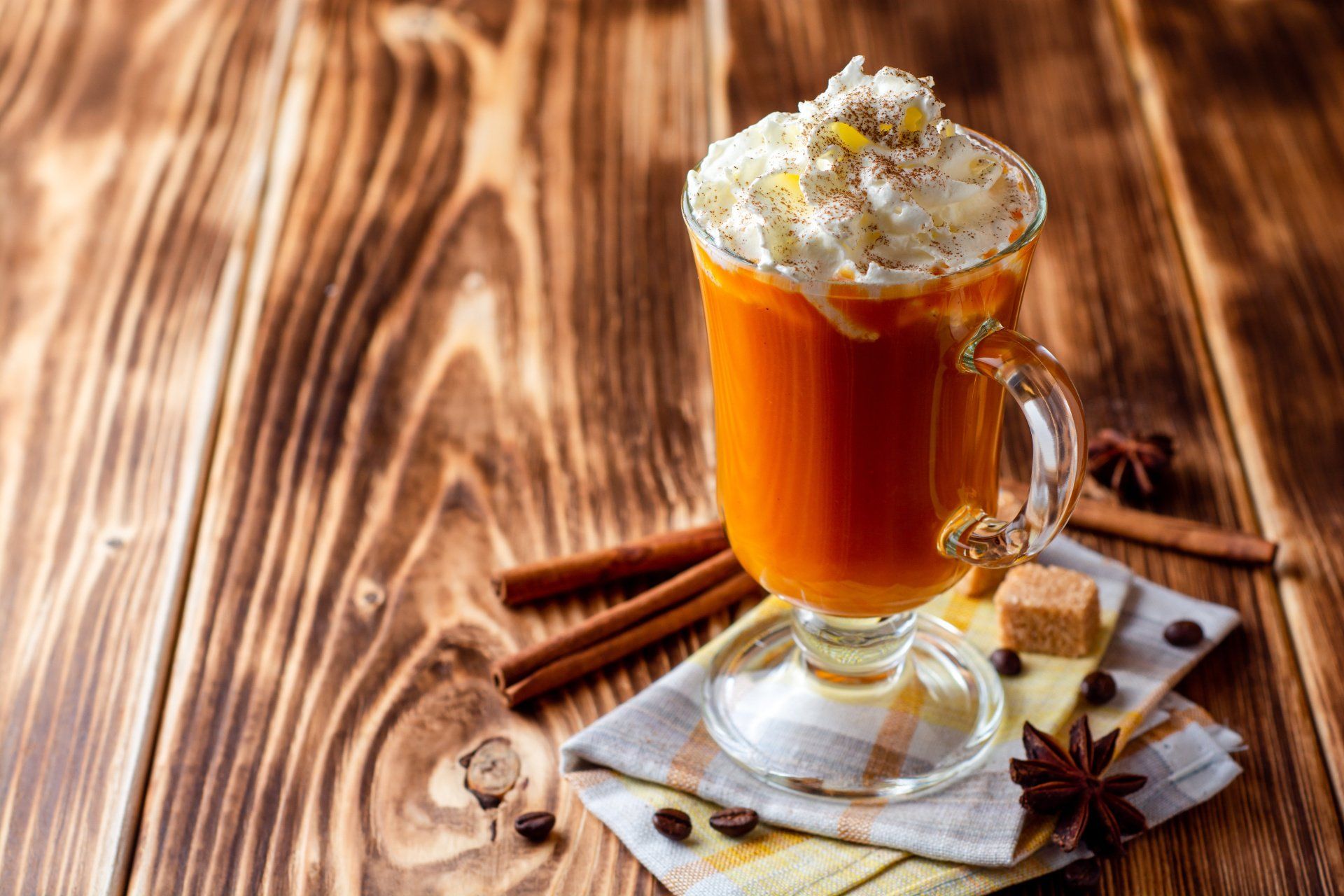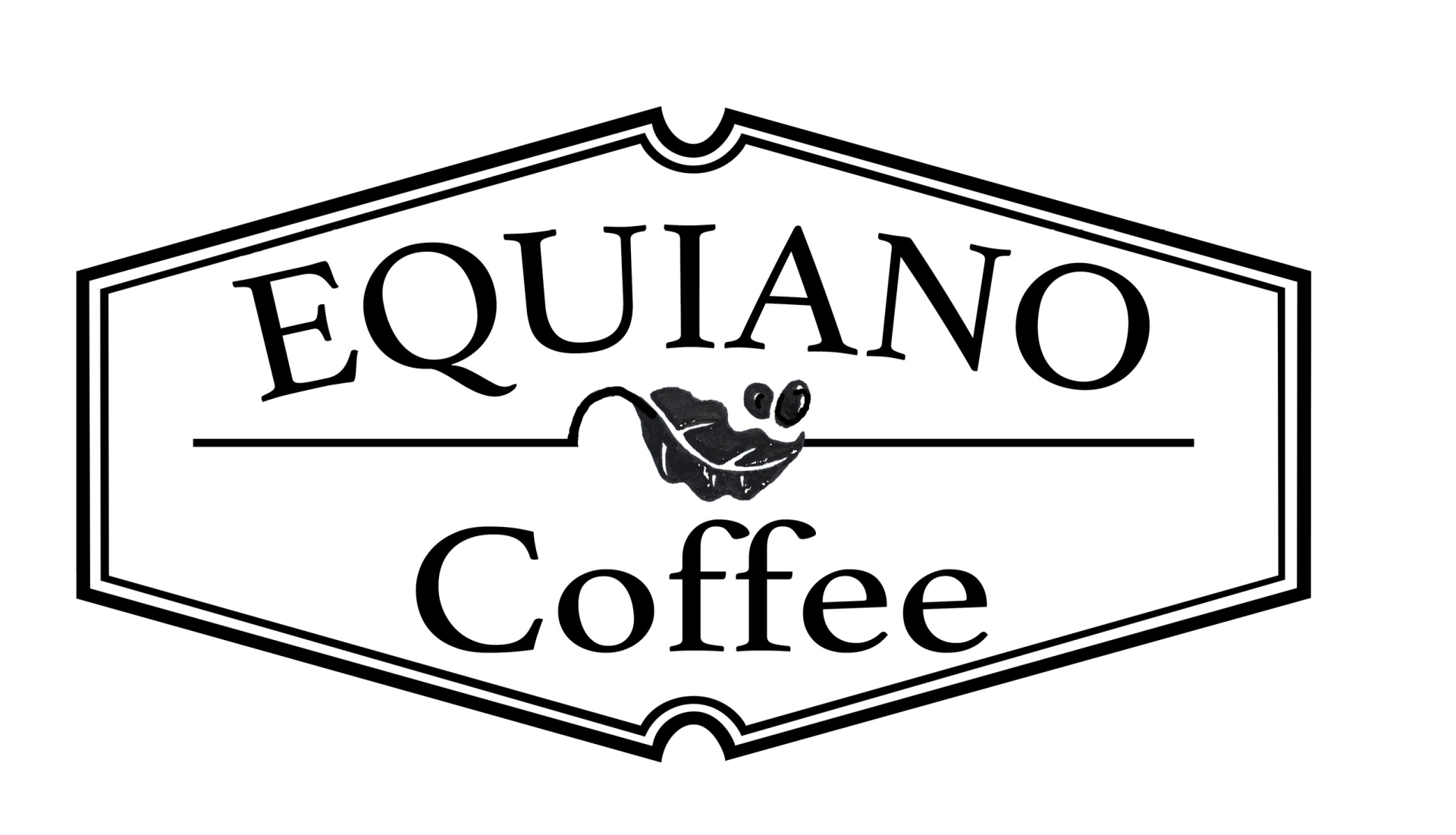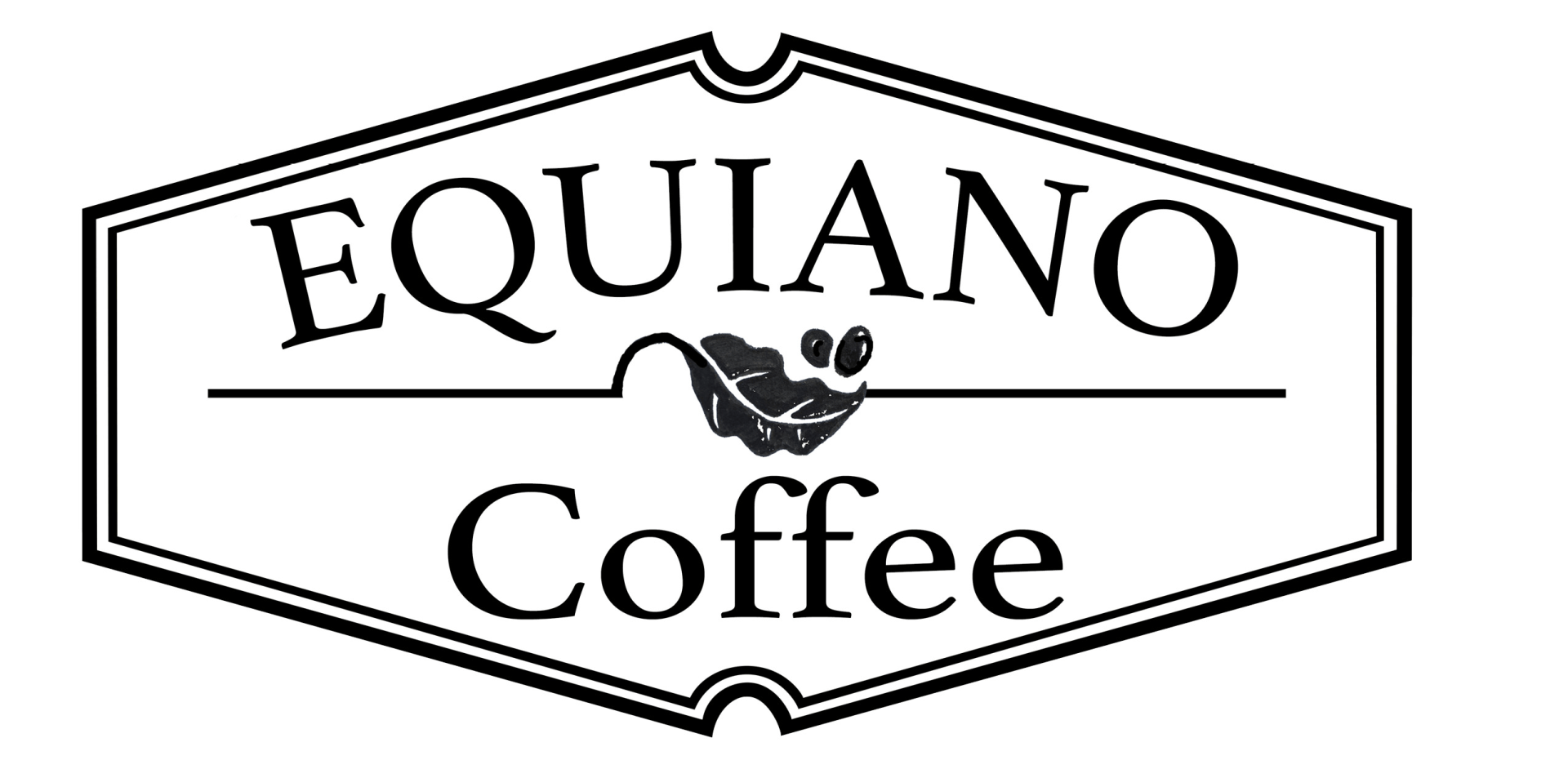What Is Specialty Coffee, Really? Pt.2
Welcome back and thank you for joining us again as we continue to explore the delicious world of Specialty Coffee and seek to gain a better understanding of what distinguishes some coffees as “specialty”.
So what is specialty coffee, really? Let’s start part 2 by laying a foundation for understanding the three main grades or groupings of coffee found throughout the world. For the purposes of this blog, we’ll try to keep it simple and straightforward by breaking coffees into the following 3 categories.
- Commodity coffee
- Commercial coffee
- Specialty coffee
To simplify, and hopefully not to confuse, the matter more, the terms commodity coffee and commercial coffee can be used interchangeably. Since we have a limited time to discuss this topic here we’ll follow suit by using either or both of these terms as a comparison against our main topic of specialty coffee.

According to an article by the coffee brewing device manufacturer BUNN , commodity or commercial coffees “are blends typically made from beans coming from several plantations, sometimes from multiple countries. This tends to produce a more neutral flavor and decreases the chance for any one part of the blend to overwhelm the whole profile. These beans will be processed on a massive scale, and will likewise be roasted and ground on a massive scale. The ground coffee will be packaged and shipped out to stores with a “Best If Used By” date stamp that is typically several months away. And these coffees can be obtained very economically, at prices that can amount to as little as a nickel a cup when brewed at home.”
These commercial grade coffees are typically used in instant coffee brands, whole bean coffee bins at the grocery store, greasy spoon cafe’s & chain restaurants, convenience stores and served as a complimentary perk next to bottled water dispensers in doctors offices and other business waiting rooms. These noticeably lower grade coffees typically need milk, cream and additional sweeteners like sugar or flavored syrups to make them palatable for drinking.
Producers growing lower grade coffees tend to use higher-yielding, disease-resistant robusta coffees. Robusta coffees also cost less to produce and lack the favorable flavor characteristics of the higher quality Arabica coffees used in specialty. In fact, robusta coffees can taste downright nasty with flavor characteristics like burnt rubber. Robusta is often used as a filler in coffee blends to offset the expense of higher quality arabica beans.
When Good Coffee Goes Bad
Starbucks is a double-edged sword in the world of specialty coffee. Most small, locally owned coffee roasters that focus of coffee quality and flavor today, and indeed the Specialty Coffee Industry itself, owes much to this coffee giant as it has been at the forefront of the specialty movement for decades and has done much to create a consumer market for specialty.
Yes, Starbucks uses arabica coffees and even cups, scores and buys arabica coffees in lots from producers around the world just like your favorite neighborhood boutique roasters such as Equiano Coffee Company. Here’s where our understanding of the line between higher quality specialty coffees and lower quality commercial coffees gets blurred.
While Starbucks may source (buy) specialty arabica coffees, they ultimately tend to roast these coffees to death, taking the degree of roast so far that any inherently favorable flavor that might have been found in a particular bean or blend of beans is cooked out, leaving nothing more than their signature dark, burnt coffee flavor to fill your cup. And just like lower quality commercial coffees, necessitating the addition of cream and sweeteners to add life back into it to make it drinkable and enjoyable. This is a big reason that Starbucks is so popular with the milk and sugar set.
This approach that the coffee giant takes is by design. Not only has the burnt coffee flavor that they produce become a hallmark of the brand, recognizable to consumers everywhere but they also understand that they can make more money selling a giant cup of milk and sugar with some coffee in it that they can by selling a cup of delicious, high-quality coffee by itself.
Specialty Grade Coffee
The Specialty Coffee Association (SCA), holds very specific standards of quality for identifying specialty grade coffees. Let’s follow the SCA’s view of what constitutes specialty through the coffee supply chain to get a better understanding of what they consider specialty.
Coffee Production
Specialty coffee’s journey begins at the farm. Quality oriented, specialty roasters like Equiano purposely seek out small farm producers that are committed to growing and processing the most flavorful single-varietal coffees that their particular region can produce.

Extreme care is given to each coffee cherry tree and each cherry(bean) that grows on the farm. Unlike commercial grade coffee that employs the use of large combine-like machines to shake all the cherries off of a tree at one time, the specialty producing farmer takes care to pick only the ripe & ready cherries off of each tree as they become ready for harvest.
Wum Bee Coffee in Cameroon will hand pick cherries from their coffee trees up to four different times in order to harvest the cherries only at the point where each is at perfect ripeness! Time-consuming and expensive yes, but it’s care like this that allows roasters like Okon, at Equiano Coffee to roast and serve some of the best coffee in Eugene.
These committed farmers give the same painstaking care to each individual bean throughout the coffee’s processing. Washing, fermenting, drying, checking each bean for defects, polishing, drying and packaging the beans are just some of the steps tended to with meticulous care. You just don’t get anything close to this level of care from commodity grade, robusta coffee producers.
Cupping and Grading Coffee
A green coffee buyer “..assess a coffee’s score and determines whether it is specialty grade quality, make decisions on which coffees they will include in their offerings, and often develop tasting notes and descriptions for the coffee on its final packaging.”, according to the SCA. This process allows the specialty roaster to choose which farmers they want to do business with and what coffee they ultimately want to buy, roast and serve their clientele. It’s not uncommon for these small coffee farmers to visit Okon at Equiano coffee when in the States.
Among the things that coffee buyers look for when cupping (tasting) a coffee, in order to grade its quality, include the brewed coffee’s Aroma, Body, Flavor, Sweetness, Acidity, and Aftertaste. According to Okon, roastmaster at Equiano Coffee, “acidity” is maybe the most essential factor distinguishing the best of specialty grade coffees from other, lower quality specialty or commercial coffees.
Roasting
Coffee roasting is a learned technical skill with many aspects coming into play for the person roasting. Both science and art come into play when roasting specialty coffee, as do other important aspects like experience, timing, personal taste, quality of beans being roasted and type of roasting equipment being used.
An article on specialty coffee from the SCA’s website says, “Coffee roasting is an art that requires a high degree of knowledge and experience to produce specialty level roast profiles.” If end results are a reflection of the knowledge and skill of the coffee roaster then Okon is ahead of the pack. Not only does he have a loyal and growing following at Equiano Coffee but at his first nation roasting competition in 2015 he placed 6th in the nation among professional coffee roasters.
Just last year Okon made a splash in Portland, Oregon at the regional level of competition when he was awarded second place in “peoples choice” for his roast at the Cascadian Roaster’s Competition !
Okon tells a story of an experience he had when sharing one of his most prized and flavorful coffees. Being excited to have a more expensive and sought-after “Geisha” varietal coffee in his possession that he had just aquired and roasted up, he had the opportunity to send some to a handful of local Specialty Coffee Industry professionals that were having a get-together.

A bright coffee, full of juicy, sweet grapefruit characteristics, he just knew the group would be delighted to taste such an exotic and unique cup. Surprisingly, the group wasn’t used to tasting single varietals with the brighter, acidic & citrusy qualities that are sought after by so many third wave microrasters today.
Just like many of us coffee loving consumers, these industry professionals had not yet explored the range of bright fruity flavors inherent in many higher grade, single varietal beans. This just goes to show that all of us, consumers and professionals alike, are all in different places along our individual palate-development journey. So take your time, try new coffees, and above all, enjoy the process of tasting all that the world of specialty coffee has to offer.
Finding And Enjoying Specialty Coffee
The Equiano Coffee tasting room in Eugene, Oregon offers a wide range of choices for the curious coffee lover. While Okon leans towards medium to medium-light roasts of single varietal coffee beans for their pronounced citrusy, fruity and chocolaty flavor characteristics, he understands that we’re in different places along our coffee journeys and all have different tastes. And with that in mind, he also makes darker roasts and even blends of coffees available at the tasting room in Eugene’s Whiteaker neighborhood.
You can also taste his Whiteaker Heist blend at The Glass House in Eugene and Rooster Hand Crafted Coffee on Mowhawk Blvd. in Springfield, Oregon. Maybe his most popular blend, the African ambrosia, also known as Akeem’s Blend is available on the Equiano website.
Wanna really have fun tasting some uniquely delicious coffees? Coffee “Flights” are available every day at the tasting room. You’re friendly Equiano Barista will help you to choose 3 different single varietal coffees from the tasting room shelves and brew them up for you side-by-side to taste “cupping” style just like the pros!

There’s even talk around the tasting room of a “palate development program” where you can come in and taste a range of coffees over time, from the more traditional darker roasted coffees and blends through the more bright, fruity, single varietal coffees that have come to mark the higher grade specialty beans of coffee’s Third Wave.
In part 3 of “What Is Specialty Coffee, Really?” we’ll dive into the “how” of tasting coffee and some fun exercises that you and your friends can do to help develop your coffee tasting palate and a vocabulary for articulating all the new sensory delights your sure to discover and enjoy along the way.
Check out Equiano Coffee Company on Facebook to keep up with all the fun and educational events like Okon’s Coffee Talk & Tastings which are always free to take part in!

#EquianoCoffee #SCA #specialtycoffeeassociation #palatedevelopement #singlevarietal #coffeecupping #camerooncoffee #EquianoCoffeeCompany #coffeetasting #estatecoffee #specialtygradecoffee #singleoriginroaster #eugeneoregon #smallfarmcoffee #equiano #bestcoffeewhiteaker #Whiteakerneighborhood #specialtycoffeeroaster #OkonUdosenata #singleorigincoffee #ordercoffeeonline #arabicacoffee











